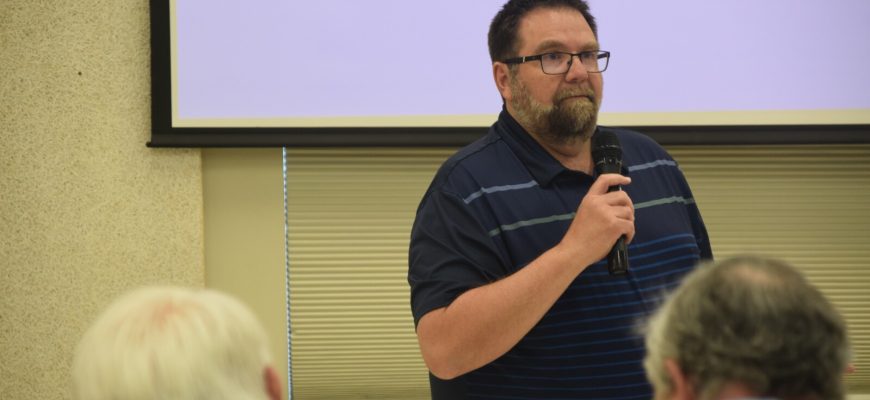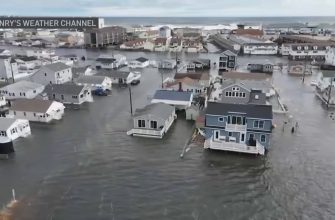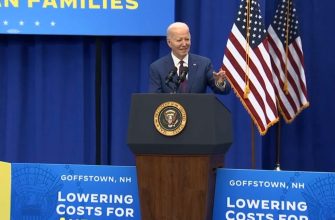MITCHELL — The mood in the conference room at the Davison County Fairgrounds was one of uncertainty, with a touch of exasperation, over a now-yearslong rollout of housing dollars from the state.
“Basically, this construction season is shot. The last construction season was shot. And so we’re really almost two years behind this whole thing since the initial excitement got started,” said Eric Ambroson, who handles housing programs with District III Planning and Development. “But it could be possible that people can start looking at building the projects beginning in 2024.”
While the delay in housing dollars is old news by now, the planning district’s meeting on May 24 came at an opportune time to discuss how the program could be implemented best: one week before the
May 31 hearing
by the South Dakota Housing Development Authority to finalize a set of proposed rules on the Housing Infrastructure Financing Program.
A few things about the housing infrastructure program, which passed the South Dakota Legislature earlier this year, are set in stone.
There are $200 million in funds, comprised of $100 million in state-funded loans, $50 million in state-funded grants and $50 million in federally funded grants. These funds are to be spent on infrastructure at ground level or below: sewers, streets, sidewalks and other housing-adjacent needs.
Thirty percent of these dollars are earmarked for municipalities over 50,000 — Sioux Falls and Rapid City — with the rest going elsewhere. And, the final major rule spelled out in the legislation, funding for projects will be capped at one-third of the project cost.
But the rest of the specifics are somewhat fluid.
“It’s probably not worth getting into a whole lot of the weeds and details right now,” Ambroson said, noting several differences between last year’s proposed allocation plan and the current proposal set to be finalized by the housing authority. “It will probably be a lot more exciting after next week.”
Ambroson’s audience, an assortment of representatives from local governments and economic development corporations within District III’s footprint across south-central South Dakota, offered a lively arena to parse out what was on the minds of those most intimately aware of the need for these dollars.
Would a municipality be able to fund more than one project? Is the goal to spread these funds evenly across the state or to select based on application merit? Given some extra strings on the federal grant dollars, could a developer or municipality apply for a specific portion of the overall dollars?
Without final rules, these questions and others proffered by attendees couldn’t yet be answered for certain.
Still, the time pressure on the housing authority could mean the
rules as currently proposed
may offer a good approximation of how the program will be implemented.
Under the proposed rules, applications would be reviewed in the order they’re received, and funding would be allocated, among other points, based on the “need for the proposed housing infrastructure project as demonstrated by a market study,” and grant funding specifically would be disbursed based on the “impact of the grant on reduced purchase prices to homebuyers or reduced rental costs to tenants.”
One concern among the attendees, most of whom represented smaller communities in the area, was that the cap set at one-third of project cost might still not be enough to attract development in rural areas.
Bob Foley, who works with the economic development corporation in Tyndall, made the point that, while infrastructure input costs are similar across the state, purchasing power is higher in more populated areas, meaning this injection of dollars could serve to further develop growing areas and leave stagnant ones behind, especially since one proposed criterion for considering applications includes the “financial feasibility” of the proposed project.
“A lot in Tyndall would sell for less than what a lot in Mitchell would. Our population is decreasing, while it’s growing in the bigger cities, so there’s that population demand dynamic,” Foley said. “That makes it tough to get the project to pan out economically because you end up with so much money in for each lot.”
Addressing these concerns, according to Foley, could include allowing the housing authority to go above the one-third threshold for certain smaller projects.
However, since this matching limit is written into the law, changing that requirement would have to wait until the coming legislative session in early 2024, an unlikely scenario given the already extended wait times on these dollars.
For Senate Majority Leader Casey Crabtree, of Madison, a major proponent of the housing infrastructure program, looking out for rural areas was the central reason for allocating 70% of funds to municipalities under 50,000 residents.
“Many of our contractors that do lot development are in bigger communities, and we understand how important it is to draw them into our smaller communities, too,” he said.
Moving forward, Greg Henderson, the executive director of the planning district, urged attendees and others close to the housing issue to participate in the May 31 hearing, which will be the final public hearing over the rules before the housing authority hopes to present the rules to the South Dakota Legislature’s Interim Rules Review Committee on June 13.
“The goal is to lower the cost of those lots to the ultimate buyer,” he said. “I would raise those points at the public hearing when you’re given the opportunity, because [the housing authority] needs to hear what’s on everyone’s mind at this point.”
Jason Harward is a
Report for America
corps reporter who writes about state politics in South Dakota. Contact him at
605-301-0496
or
jharward@forumcomm.com.








